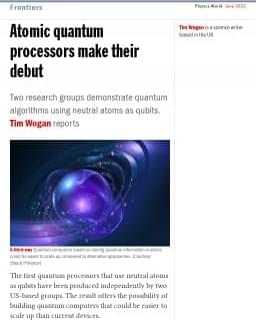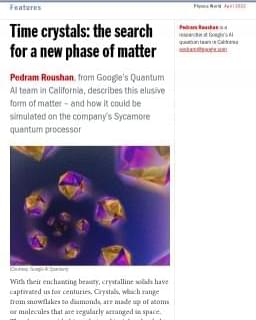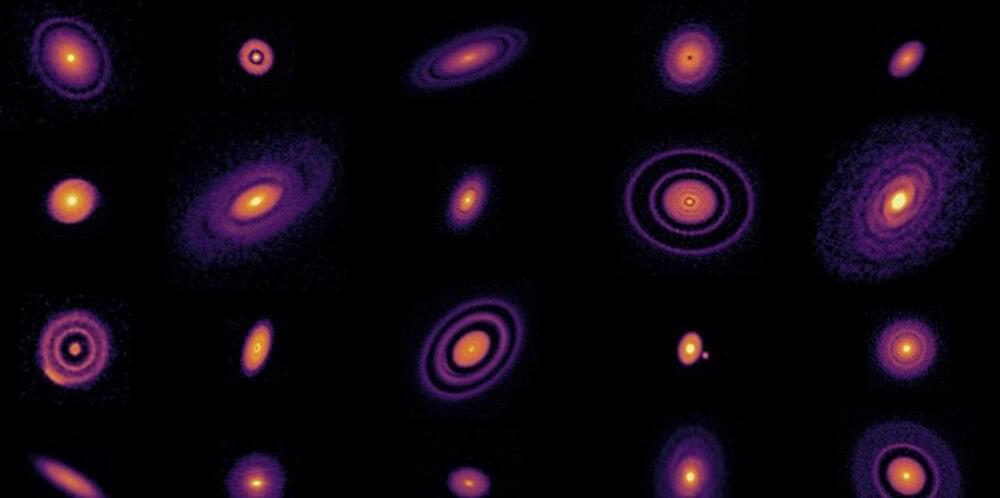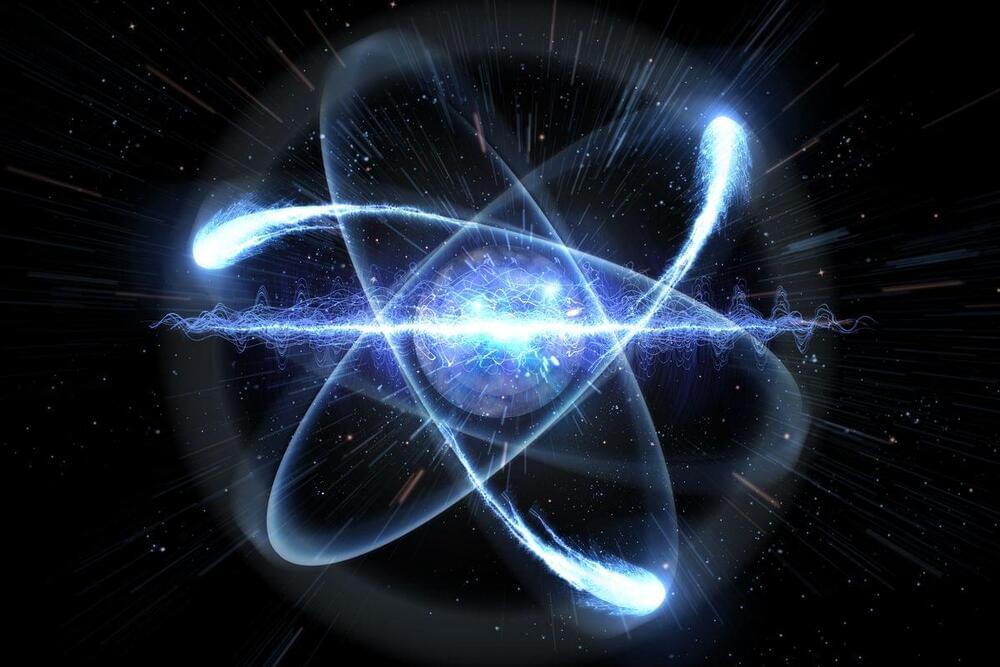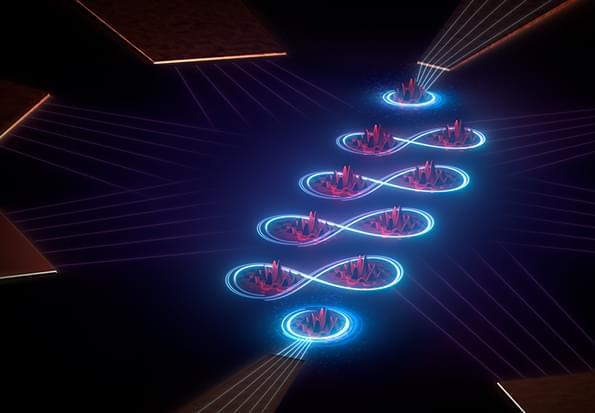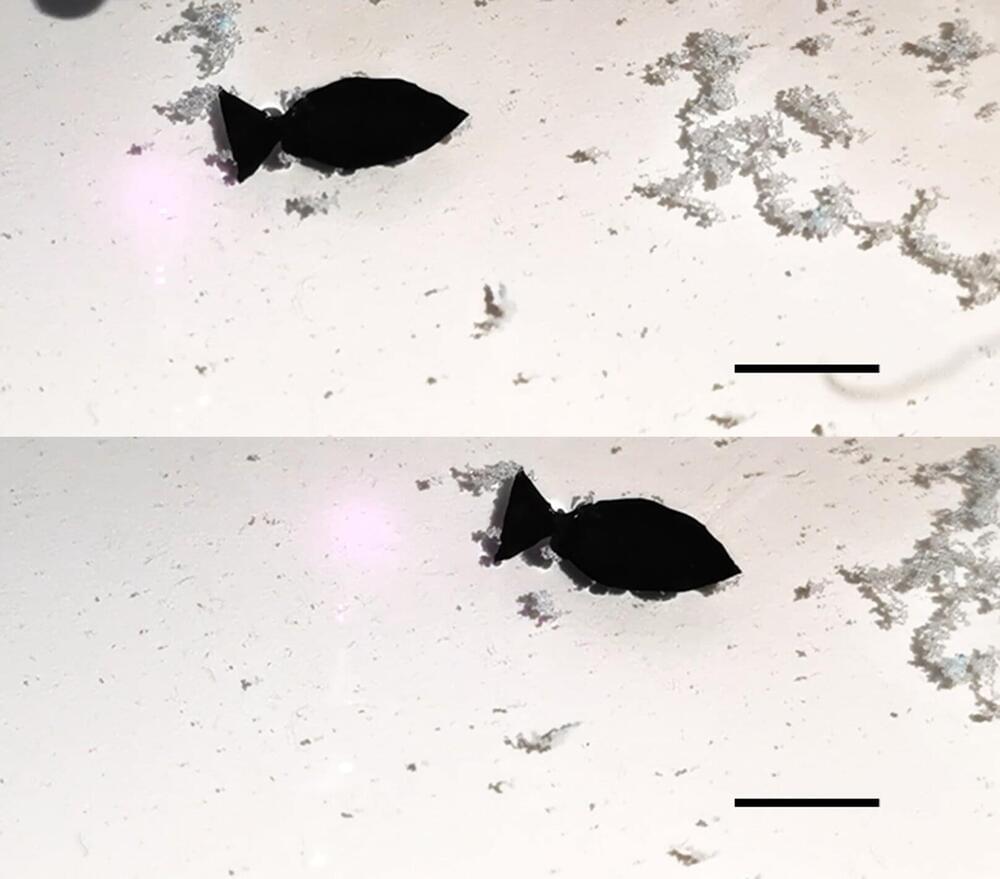Two research groups demonstrate quantum algorithms using neutral atoms as qubits. Tim Wogan reports.
The first quantum processors that use neutral atoms as qubits have been produced independently by two US-based groups. The result offers the possibility of building quantum computers that could be easier to scale up than current devices.
Two technologies have dominated quantum computing so far, but they are not without issues. Superconducting qubits must be constructed individually, making it nearly impossible to fabricate identical copies, so the probability of the output being correct is reduced – causing what is known as “gate fidelity”. Moreover, each qubit must be cooled close to absolute zero. Trapped ions, on the other hand, have the advantage that each ion is guaranteed to be indistinguishable by the laws of quantum mechanics. But while ions in a vacuum are relatively easy to isolate from thermal noise, they are strongly interacting and so require electric fields to move them around.
